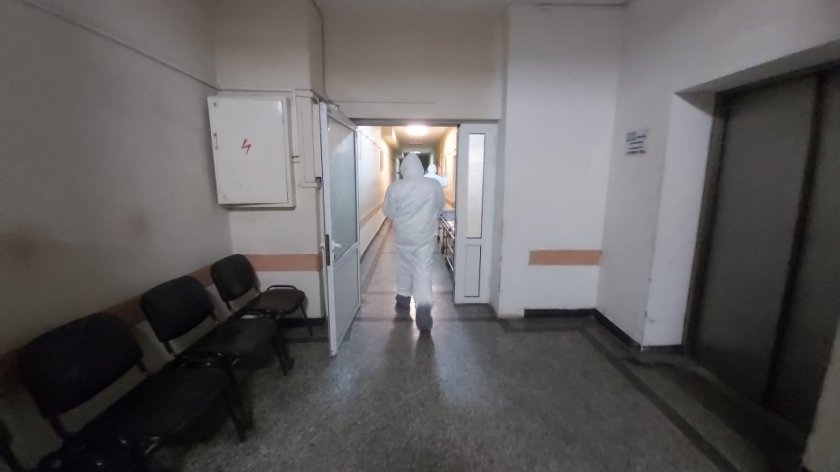
Bulgaria continues to have a high overall mortality rate, which in 2020 is 18 per 1,000 people, compared to the EU average of 11.6 per 1,000.
The data was published in the Annual Report for 2020 on the state of health in the country and the implementation of the National Health Strategy 2020, which was adopted for information at the Cabinet meeting.
In addition to the existing main causes of high mortality in Bulgaria, in 2020, the report also includes the mortality due to COVID-19.
Negative changes in the age structure of the population and demographic aging continue - a problem typical of other EU Member States.
The trend for decrease in the birth rate is preserved - the total birth rate is 8.5 per 1000, compared to 8.8 for 2019, as the indicator is close to the level in most European countries (9.1 per 1000).
In 2020, there is a decrease in the incidence of malignant neoplasms (399.3 per 100, 000, compared to 434.9 per 100,000 in 2019). However, Bulgaria still has much lower levels on this indicator compared to the EU countries, where the incidence of malignant neoplasms is on average 572.9 per 100 thousand. The highest incidence of gastrointestinal cancer is (94.6 per 100, 000), breast cancer in women (84.6 per 100,000) and male genital cancer (76 per 100 thousand).
The trend of decreasing infant mortality continues, as in 2020 the lowest level in the history of demographic statistics in Bulgaria is reported - 5.1 per 1,000 live births (compared to 5.6 in 2019). Favourable trends are also found in terms of neonatal and postneonatal infant mortality rates, which are also declining.
 Sofia's Waste Crisis: 'Sofekostroy' Starts Organisation for Rubbish Collection in 'Lyulin' District
Sofia's Waste Crisis: 'Sofekostroy' Starts Organisation for Rubbish Collection in 'Lyulin' District
 Free-Roaming Animals Continue to Pose Danger on Main Roads in Southwestern Bulgaria
Free-Roaming Animals Continue to Pose Danger on Main Roads in Southwestern Bulgaria
 Rockslide in Kresna Gorge Disrupts Traffic Following Heavy Rain in Southwestern Bulgaria
Rockslide in Kresna Gorge Disrupts Traffic Following Heavy Rain in Southwestern Bulgaria
 Опасно време в планините: От ПСС с предупреждение да се избягват разходките
Опасно време в планините: От ПСС с предупреждение да се избягват разходките